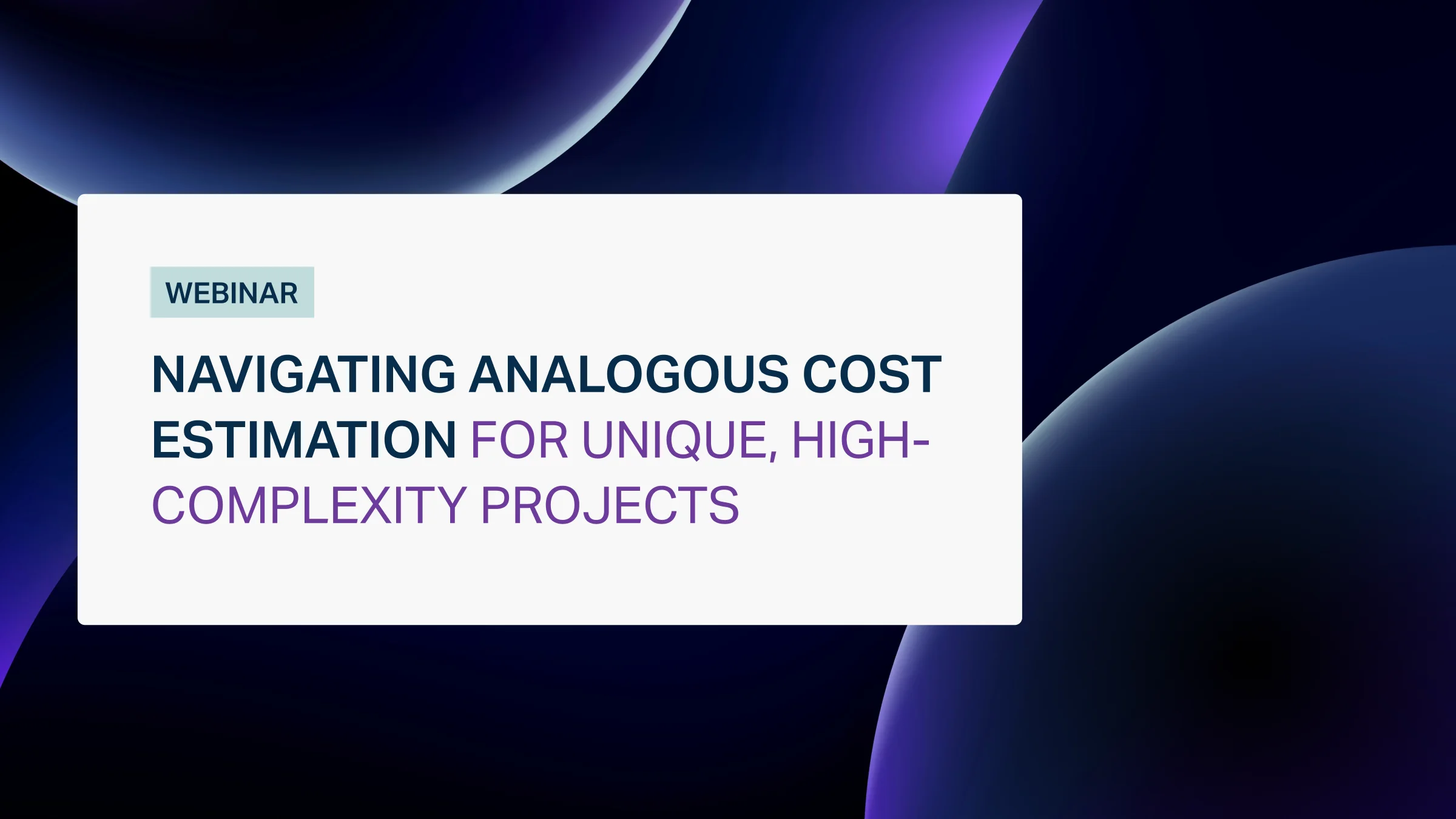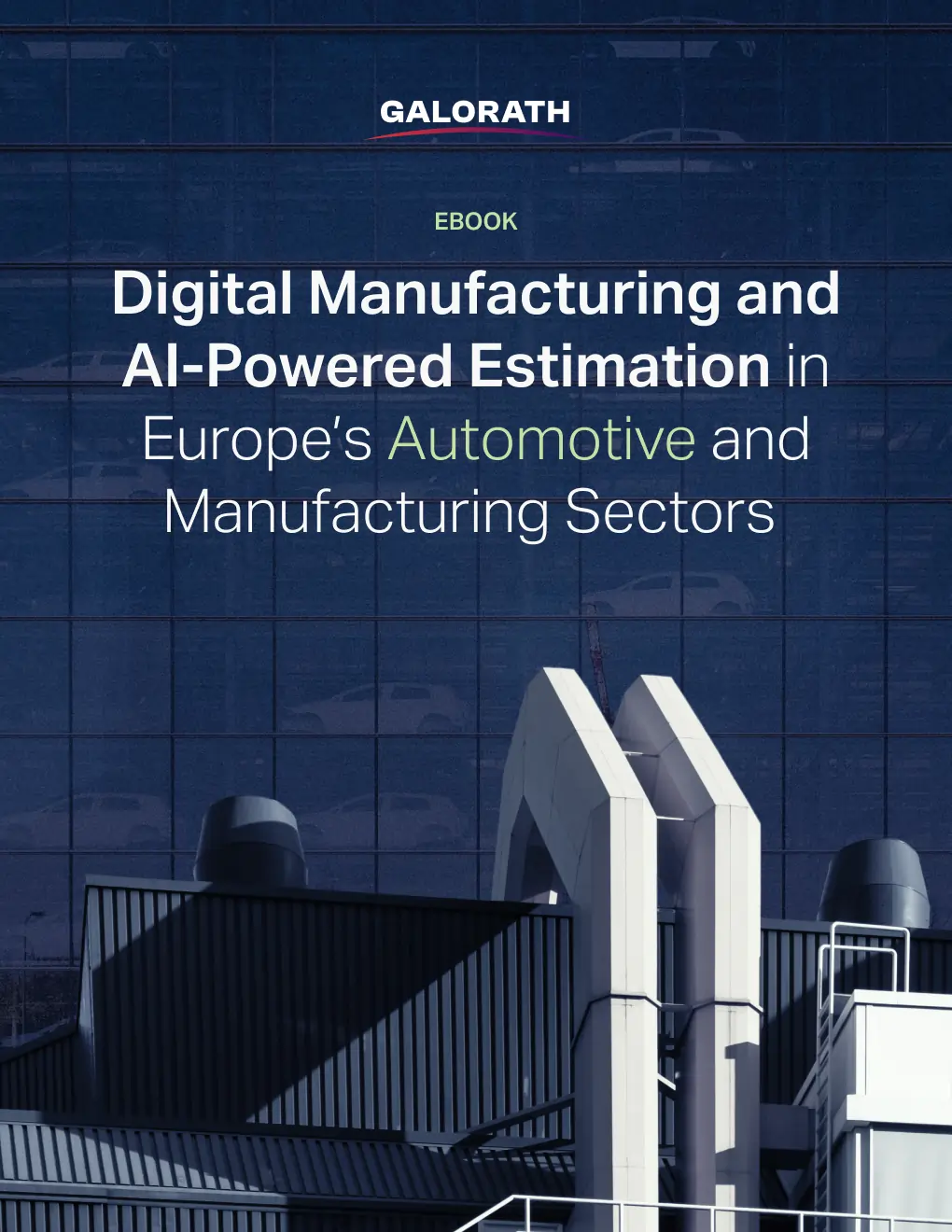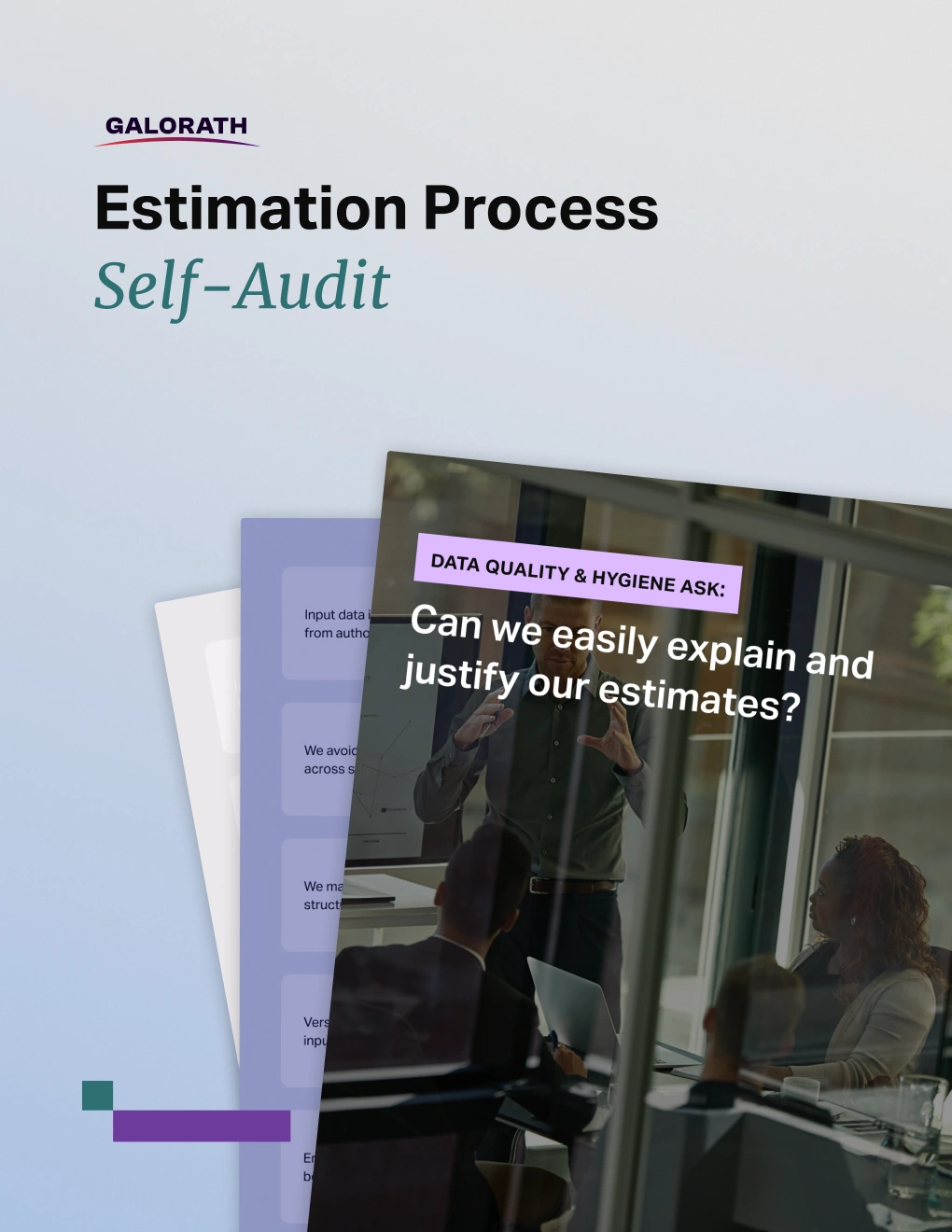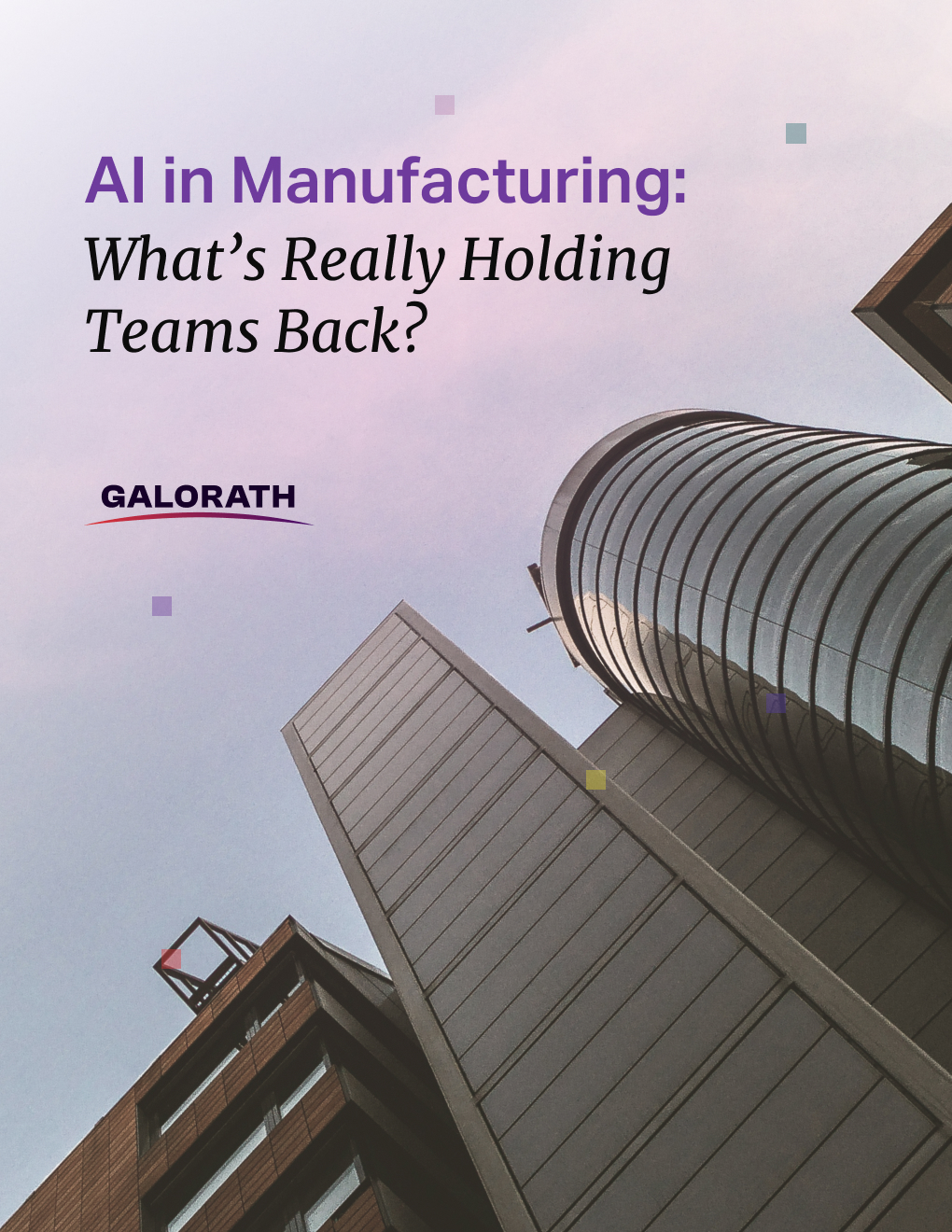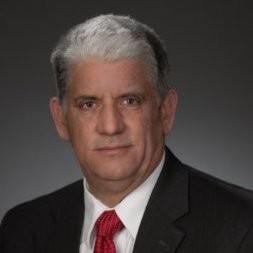Mastering Cost Risk with the CRED Model: A New Approach to Managing Uncertainty
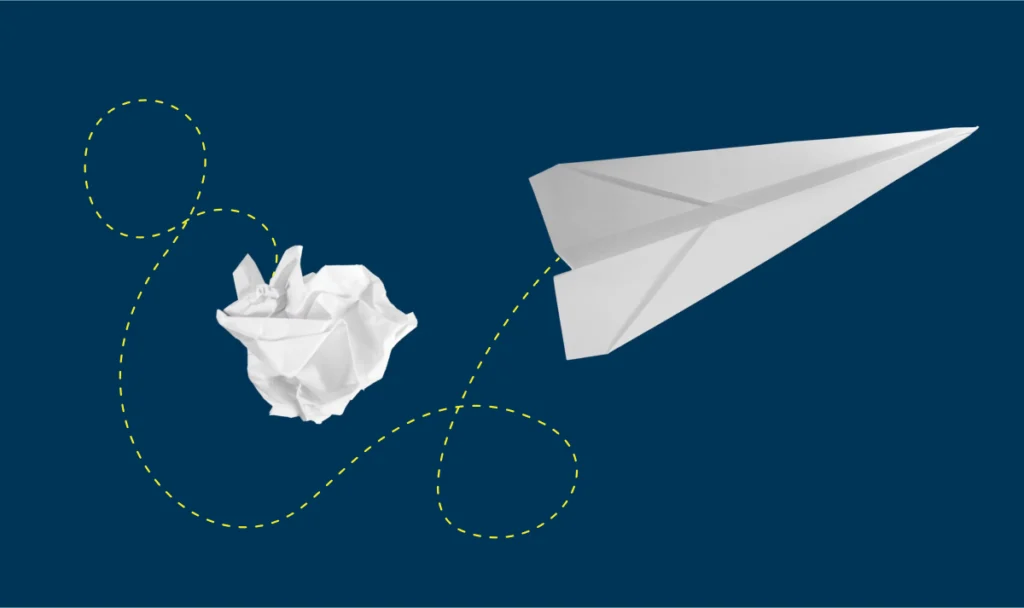
Table of Contents
Competitive bids often come down to a single factor: whether the estimate behind them holds up under scrutiny. In manufacturing and aerospace, where margins are tight and expectations are high, cost accuracy plays a central role in securing new business and delivering profitably. Many teams still rely on outdated estimation methods or disconnected data, which can limit growth and create uncertainty.
SEER® is a project, cost, schedule and risk estimation platform developed by Galorath. SEER for Manufacturing (SEER-MFG™), its manufacturing-focused solution, provides detailed cost modeling for parts, assemblies, and production systems. It helps engineering, operations, and financial teams evaluate labor, tooling, equipment, and material costs—before a project begins.
With SEER-MFG, manufacturers can simulate production strategies and test changes without disrupting day-to-day operations. This allows for more confident decisions around equipment purchases, process changes, and workforce planning.
Capital Investments Backed by Reliable Data
A common challenge in manufacturing is knowing when and how to invest in capital equipment. For example, a team producing high-volume parts may consider switching from manual setups to automated part handling. Rather than rely on guesswork or incomplete data, they can use SEER-MFG to simulate both approaches, compare costs, and assess long-term benefits.
SEER-MFG provides visibility into how changes affect throughput, labor time, and cost. This supports business cases with clear, repeatable data. Estimations can be shared across teams, aligned to industry norms, and adjusted in real time as production goals evolve.
Real Customer Example: Challenging the Status Quo with SEER-MFG
One long-time SEER-MFG customer, a U.S.-based manufacturer specializing in precision-machined aerospace components, faced increasing pressure to quote competitively without sacrificing profitability. Their legacy process relied heavily on historical job data and manual spreadsheet calculations, which made it difficult to adjust for changes in part complexity, material costs, or equipment usage. Estimates often varied between team members, leading to inconsistencies and delays during the quoting phase.
After adopting SEER-MFG, the team began using detailed cost models to simulate full production workflows for both recurring and new business. This included evaluating the impact of introducing automated part loading systems, shifting to specialized cutting tools, and testing alternate machining approaches. Each modeled scenario gave them precise estimates for labor time, setup duration, tool wear, and resource utilization, allowing for faster, more consistent quoting.
Over time, this manufacturer reduced average labor hours per part by rethinking how components were machined, handled, and inspected. These adjustments allowed them to submit more competitive bids on high-volume jobs while maintaining strong margins. Importantly, SEER-MFG provided a structured framework to challenge assumptions about how work should be performed. It moved estimation from a back-office function to a strategic input in production planning and business development.
As a result, the company now uses SEER-MFG not only to generate accurate quotes but to evaluate capital expenditures and staffing needs. The platform has become a key resource in assessing which investments will yield the most long-term value. With a clearer view of cost drivers and process options, the organization has expanded its customer base and taken on more complex projects—without expanding its workforce or physical footprint.
SEER-MFG continues to support the manufacturer’s planning process, helping them adapt to shifting customer requirements, optimize production capacity, and respond quickly to new business opportunities.
Steps to Strengthen Your Production Planning Process
These steps outline how manufacturers can apply SEER-MFG to improve business planning, justify capital investments, and build a more consistent approach to quoting, operations, and growth:
- Evaluate Your Current Processes
Start by reviewing your existing workflows, focusing on areas where costs are difficult to predict or where inefficiencies regularly occur. This might include high-touch manual operations, frequent setup changes, or recurring rework. Use historical job data and plant-level KPIs to determine whether current estimates align with actual labor hours, cycle times, and material usage. Identifying these gaps creates a baseline for where SEER-MFG can deliver immediate value. - Set Clear Objectives
Define specific goals for your estimation and planning process. These may include improving quoting speed, reducing scrap or rework, increasing win rates on competitive bids, or supporting justification for new tooling or automation. Clear objectives help focus modeling efforts and provide measurable outcomes that can be tracked over time. SEER-MFG allows users to set and adjust targets within each model, aligning cost and production planning with strategic goals. - Model Alternatives
Use SEER-MFG to simulate different manufacturing scenarios before committing to operational changes. These can include substituting materials, switching to a new machine, adjusting shift schedules, or introducing automation. Each scenario can be modeled quickly using preloaded industry parameters or custom plant data. This allows teams to assess trade-offs in cost, labor time, tooling needs, and equipment utilization—all without interrupting active production. - Build the Case
Once viable scenarios are identified, turn model outputs into a structured business case. SEER-MFG produces detailed reports showing projected labor savings, throughput gains, and cost impacts across the product lifecycle. These reports can be shared with leadership to support decision-making, capital budgeting, or internal approvals. The ability to demonstrate how proposed changes affect both short-term cost and long-term margin helps secure buy-in across finance, operations, and engineering. - Align Teams
Bring stakeholders into the process early. Sharing modeled scenarios and data-driven insights helps align priorities across departments and uncover hidden concerns or opportunities. SEER-MFG supports transparency by standardizing assumptions and calculations, ensuring that everyone, from estimators to executives, is working from the same set of data. This improves confidence in recommendations and accelerates decision cycles. - Measure Results
After changes are implemented, continue to use SEER-MFG to validate results against original expectations. Tracking actual performance against modeled projections allows teams to refine assumptions, improve future estimates, and adjust operational plans. This feedback loop strengthens internal planning and supports continuous improvement across quoting, resource allocation, and capital planning.
Plan with Confidence
SEER-MFG gives manufacturers the ability to move from reactive planning to strategic growth. Whether you’re justifying a new equipment purchase, reviewing a quoting process, or rethinking how your plant operates, SEER-MFG supports informed decisions and better outcomes.
10-Step Estimation Process Checklist
View our 10 Step Estimating Process Checklist. This checklist should be tuned to the individual company’s needs and suggestions.
Estimating Total Cost of Ownership (TCO)
Find out how you can use Total Cost of Ownership (TCO) model to create an estimate which includes all the costs generated over the useful life of a given application.
Should Cost Analysis
Learn how Should-Cost Analysis can identify savings opportunities and drive cost efficiency in procurement and manufacturing processes.
ROM Estimate: The First Step Towards a Detailed Project Plan
Find out what ROM (rough order of magnitude) estimate is and why is it a crucial element of every project planning cycle.
Software Maintenance Cost
Find out why accurate estimation of software maintenance costs is critical to proper project management, and how it can make up to roughly 75% of the TCO.

